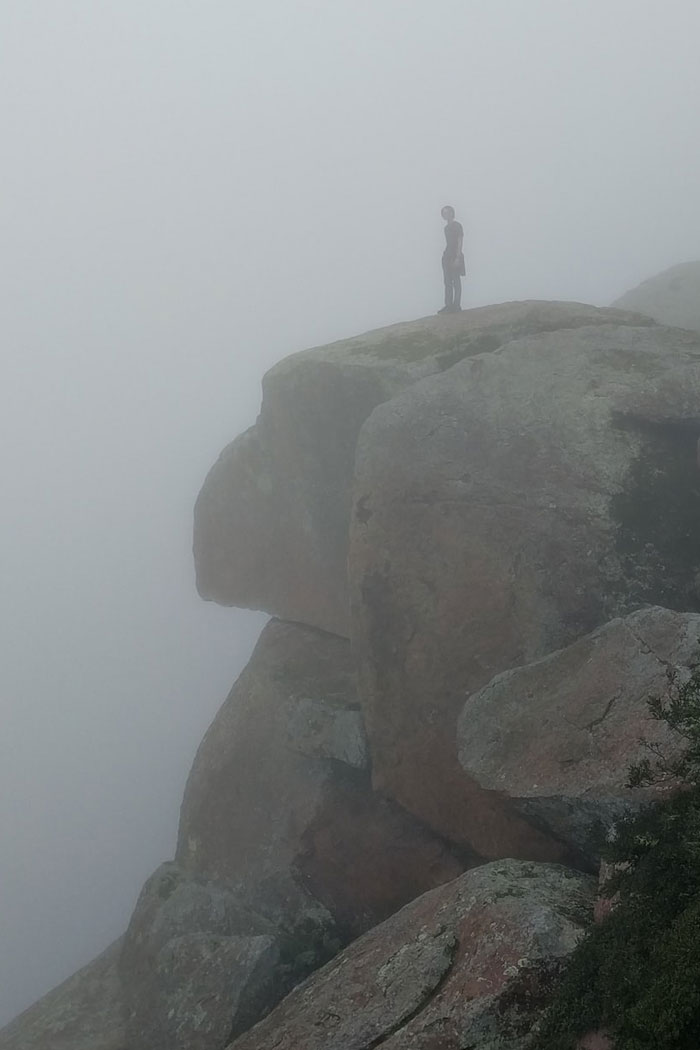I’ve had water dreams lately, often tasting the lake water where I spent my childhood, feeling the silken rush of water skinny dipping in the moonlight, diving from the rocks into the cold depths of our spring fed lake. I remember in my dreams how sweet the water tasted.
Nobody in Northern Ontario thought twice about piping drinking water straight out of the lake. Then more people built cottages on the lakeshore and the water was tested for the first time. Hmmm. Well, that was an awakening. Outhouses got moved. We learned the word biodegradable.
Much of the lake is now covered with algae blooms. All this in my lifetime. Mind you, I’m very old.
Everyone who is awake enough to vote in Southern California thinks about water now. I live on the shoulder of the transverse mountain range connecting the tail end of the Sierras with the coastal range. Our little water company has access to the snowmelt trickling down the side of the mountain. Our water is good and we have plenty of it—for now.
Why am I yelling at you in bold italics?
I’m quoting from The Last Drop: Climate Change and the Southwest Water Crisis I urge you to look at it.
At present, without climate change, the Southwest is relying on the unsustainable withdrawal of groundwater reserves to meet today’s demand; those reserves will be drained over the next century as population and incomes grow. With climate change, the Southwest water crisis will grow far worse.
… In the U.S. Southwest, Arizona, California, Nevada, New Mexico, and Utah there is less rain and snowfall each year than the amount of water used in the region. Today that shortfall is made up for by pumping groundwater, well beyond the sustainable rate. Add the impacts of growing population and incomes, and the Southwest will face a major water crisis in the coming decades. And that’s the prediction before considering the effects of climate change.
What do we care? We’ll be long gone. But the water crisis won’t hit suddenly. We’re already used to the idea that water is purchased in plastic bottles, jugs, and tank trucks. Just like we got used to the idea of homeless people. In Cuddy Valley, very near here, two families I know bought a water tank truck and haul water in because the well went dry. For years now poor families in the San Joaquin Valley have been buying water because wells are polluted with pesticides and heavy metals from oil production and agriculture. That doesn’t stop the Kern County Board of Supervisors from approving Tejon Mountain Village which sucked a lake out of the aquifer for the resort town they are planning. Nor did it stop them from approving the proposed Frazier Mountain Estates which builds 550 homes for people commuting to jobs more than 50 miles away, either to the Los Angeles sprawl or Bakersfield in the other direction.
And why shouldn’t all these new residents have lawns and swimming pools? Why in hell shouldn’t they? They paid for that land, dammit, and a guarantee of water. For how long?
In perpetuity? Oh, silly me. Whoever promises perpetuity nowadays.
I guess the Board of Supervisors have a good answer to questions about sustainable water. I sure don’t. Do you? I’d like to hear what you think?
I’m reading a lot now on oil and water and how they mix. Check back next week.


